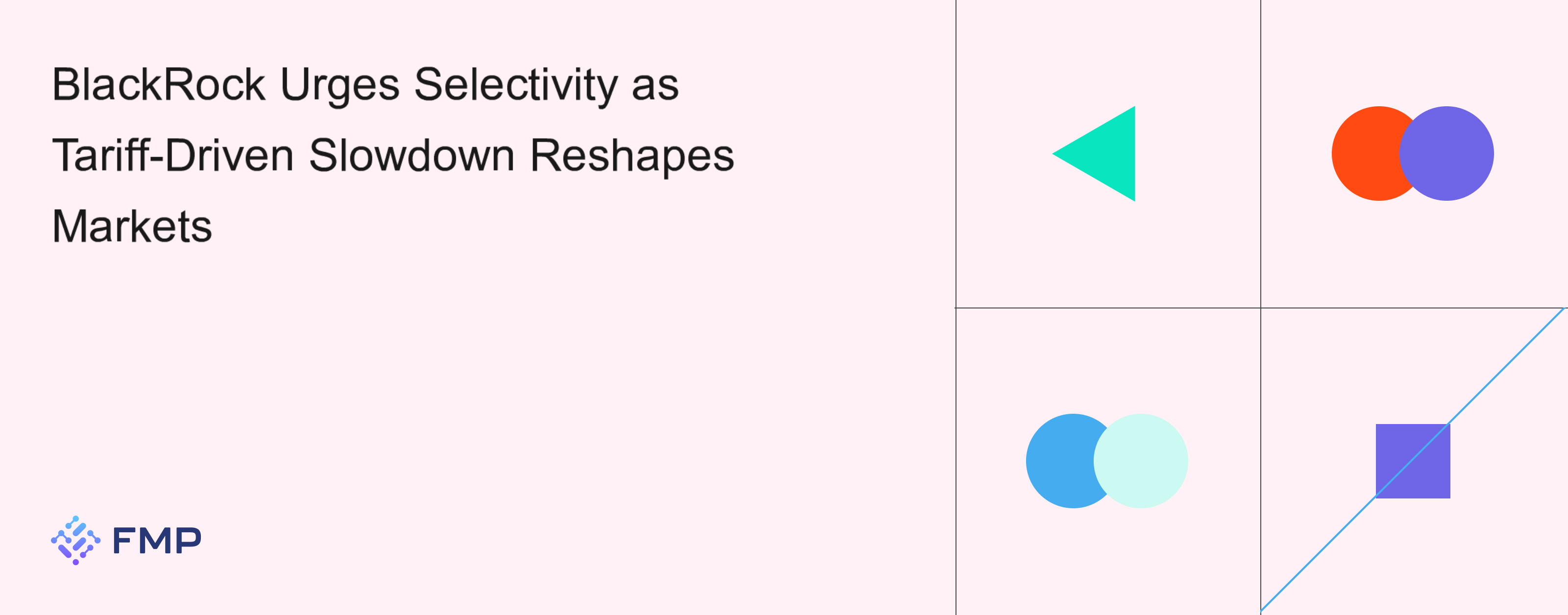
Trade frictions are squeezing global growth, and BlackRock warns that investors must be increasingly choosy—even as long-term megatrends like AI and fiscal stimulus continue to create targeted opportunities.
Supply-Side Contraction Ahead
GDP Impact: BlackRock forecasts a supply-driven U.S. slowdown this year as companies grapple with higher input costs and disrupted supply chains.
Earnings Revisions: S&P 500 EPS growth estimates have slid from 14% in January to 8.5%, trimming upside even before tariffs bite fully.
The Tariff–Inflation–Fed Triangle
Higher Inflation Risk: Levies on goods tend to pass through to consumer prices, potentially complicating the Fed’s path to rate cuts.
Fed Constraints: With tariffs stoking price pressures, BlackRock sees less room for monetary easing—raising the bar for equity multiples.
Earnings Season as a Barometer
BlackRock points out that “moving production to the U.S. or countries on better terms with the U.S. has, for the first time, been discussed on all Q1 earnings calls so far.” Companies face the real-time shock of replumbing supply chains—a disruption that could shave 10–20% off net EPS, according to consensus estimates.
To track when major firms report their quarterly results—and gauge management commentary on tariffs—use the Earnings Calendar API, which lists exact dates and consensus estimates for upcoming earnings announcements:Earnings Calendar API
Pockets of Resilience
Big Tech Outperformance: Q1 earnings for mega-cap tech surged 30%, dwarfing the rest-of-market’s 8% growth—a testament to AI-driven revenue streams.
Europe Neutralized: Infrastructure and defense spending lend support, though political fragmentation poses execution risks.
Strategic Takeaways
Stay Overweight DM Equities—but Be Selective: Focus on AI leaders, secular growers, and companies with clear tariff–proof supply chains.
Monitor Earnings Calls Closely: Real-time comments on reshoring and cost passthrough will signal which management teams are best positioned.
Watch Inflation Dynamics: Tariff-related price pressures could reshape Fed expectations and volatility regimes.
By pairing high-frequency earnings insights with a disciplined sector tilting approach, investors can navigate the tariff-induced headwinds—while still harvesting returns from structural growth winners.

